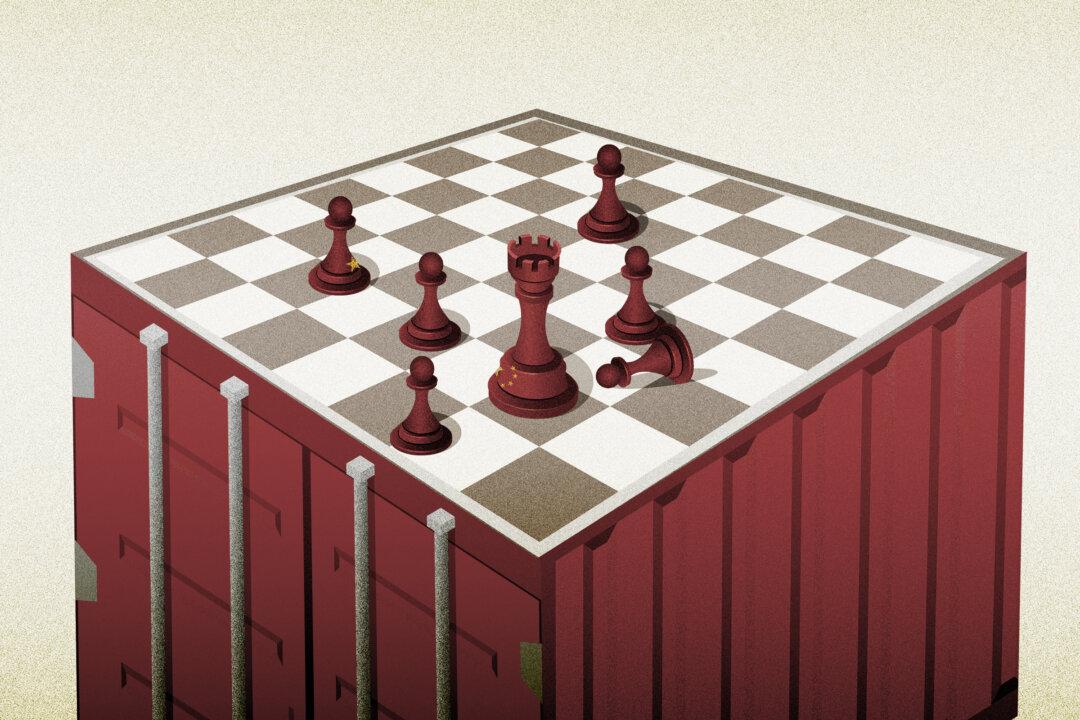WASHINGTON—The world will be watching Osaka, Japan, this week where world leaders will gather for the G-20 summit from June 28 to 29.
The meeting between President Donald Trump and Chinese leader Xi Jinping during the summit will likely grab much of the attention, as the leaders of the world’s two largest economies seek to end their ongoing trade war.
This year’s Group of 20 (G-20) summit marks the first opportunity for Trump and Xi to meet since the last G-20 in Buenos Aires, Argentina, in late 2018.
The leaders may not be able to solve the immediate problems at the summit, but may at least calm the tensions, with some kind of truce, according to experts.
“I think the most likely outcome is something like Buenos Aires in December last year, when the two leaders met, and agreed that they have to get back on track with some kind of trade talks,” Matthew Goodman, senior vice president at the Center for Strategic and International Studies (CSIS) told reporters on June 21.
In that case, they may agree to reach a deal in a time-limited way, such as 90 days, he added. And Trump may assert to the Chinese leader that it would be China’s last chance, he said.
Washington may raise tariffs up to 40 percent if a deal can’t be reached within a set time period, according to Goodman. This is what Trump “promised in his campaign when he was running for president. So he’s far short of his objectives or his promises on China trade,” he noted.
Citi analysts also expect “a cease-fire framework” for continued talks this week.
“We think that a U.S.–China handshake deal to moderate escalating tensions is highly plausible at the G-20, but we stress that the timing for a deal remains uncertain,” stated Citi analysts in a report.
Odds of US–China Trade Deal
Although it’s unlikely, Trump and Xi may also strike a trade deal at the summit, according to Goodman, since both leaders are facing some pressure.U.S. farmers are hit the most by the retaliatory tariffs from China, and that’s causing some political blowback for Trump, he explained.
Xi is also under pressure because he’s trying to manage a transition in the economy and sustain a certain level of growth, he said.
“Even if we get a deal, it’s unlikely to solve some of the deep structural differences between us in the role of the state in the economy, the governance of technology and data,“ Goodman said. ”We have big differences on those issues, and I think it’s going to be a long time before we resolve those fundamentally.”
Trump fueled optimism for the summit after tweeting on June 18 about a “very good telephone conversation” with Xi. He also announced plans for an “extended meeting” with the Chinese leader at the G-20.
Robert Lighthizer, the U.S. trade representative, also said at a congressional hearing on June 19 that he would speak with his Chinese counterpart Liu He prior to the summit.
Trade talks between the United States and China stalled in May after Beijing backtracked on commitments to deliver key structural reforms, prompting Washington to raise tariffs on $200 billion of Chinese goods. The Chinese regime raised tariffs on $60 billion in U.S. goods in retaliation.
Trump said on June 6 that he would decide whether to impose new tariffs on at least $300 billion in Chinese goods after the summit.
Trump will visit Osaka from June 27 to 29 to attend the summit. At the conclusion of the summit, he will travel to Seoul, South Korea, until June 30.





